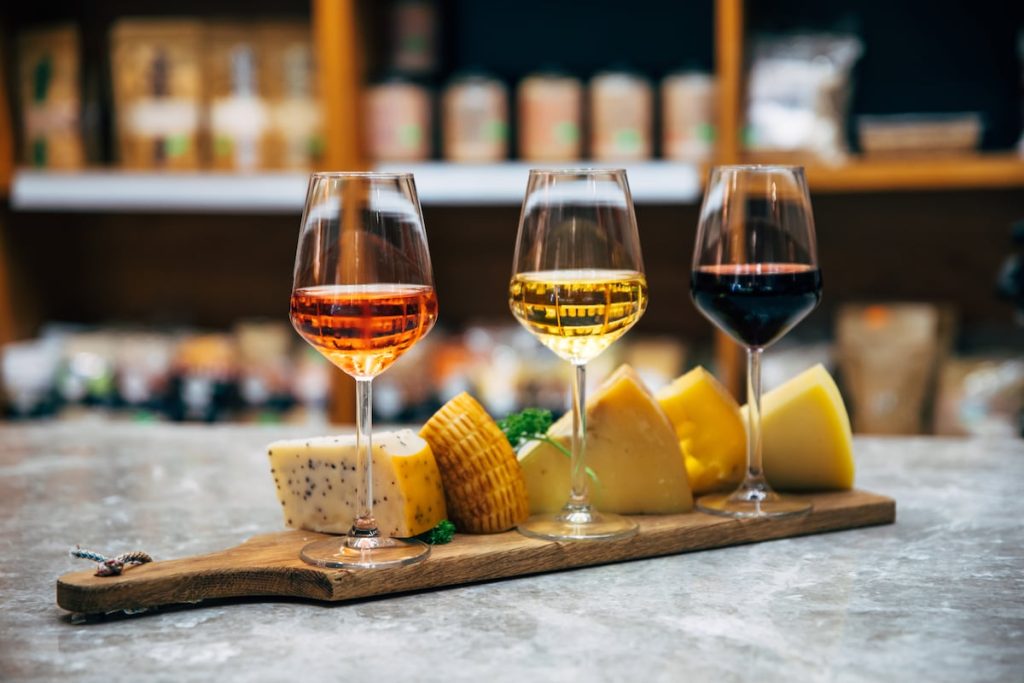Spain is the third largest wine producer in the world, with the largest vineyard area and the highest volume of exports, according to the report from the Spanish Wine Interprofessional Organization. However, it is surprising that most bars and restaurants offer a limited selection of wines by the glass: typically a white and a red, or occasionally two of each. Other types of wines like rosés, clarets, fortified wines, and sparkling wines are often missing. This raises questions about why there is a lack of variety in wines available by the glass and what factors influence the selection.
For sommelier Fátima Villanueva from the restaurant Sr. Cangrejo in Seville, the key criterion is her own happiness: she chooses wines that make her happy without calculating extensively. The selection of wines by the glass at Sr. Cangrejo is based on their weekly food menu changes and customer preferences, with 90% of their menu offered by the glass. Villanueva believes that offering a wide selection encourages customers to try new things, enhancing wine culture. However, maintaining a diverse wine list by the glass can be challenging due to factors such as seasonal variations in wine consumption and operational constraints.
At the restaurant El Forat in Barcelona, owner Michael Pérez offers all wines by the glass and proposes around 10 pairings. He prioritizes wine quality and rotates his selection frequently to ensure freshness. Pérez believes that offering a wide variety of wines by the glass requires additional time and staff training, and may influence customer choices toward exploration or conservatism. He also emphasizes the importance of aligning wine choices with the restaurant concept and customer preferences to drive sales and enhance the overall dining experience.
In Barcelona’s Bodega Solera, sommelier Guillermo Leal curates a selection of 17 wines by the glass, tailored to the bar’s wine-focused concept. He emphasizes that there is no universal formula for choosing the number and types of wines to offer by the glass, and recommends adapting the selection based on daily feedback. While a limited wine selection may be easier and more profitable, Leal argues that a clear concept and knowledgeable staff are key for cultivating a wine culture. He believes that customers are more likely to try new wines with a diverse and thoughtfully curated selection.
At Madrid’s Glop bar, owners Júlia Valls and Juan Daniel Ibiza offer a range of 18 wines by the glass, including some off-menu options. They highlight the importance of staff training and pricing wines appropriately to support the market. Meanwhile, at Barcelona’s Bar Manifest, the owners rotate a selection of seven or eight wines weekly based on stock availability, bottle prices, and seasonal preferences. They believe that offering diverse options can spark customer curiosity, but acknowledge that too many choices can be overwhelming for some establishments.
In Valencia’s Le Bar de Vins, owner Luca Bernasconi offers between 15 and 20 wines by the glass, adjusting the selection based on customer demand. He notes the challenge of selling higher-priced wines by the glass and emphasizes the importance of managing oxidization risks with a limited wine offering. While a wider selection of wines by the glass could enhance wine culture, Bernasconi believes that the lack of professionalism in wine service remains a critical issue. A knowledgeable sommelier who can guide customers towards new experiences and ensure their enjoyment is essential for nurturing a true appreciation of wine.


